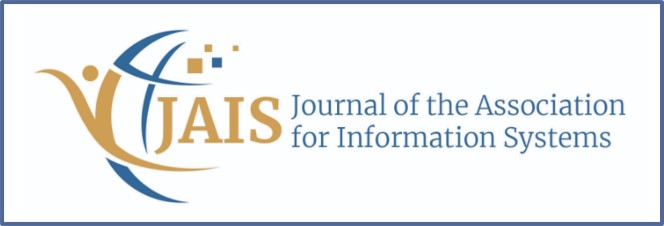
Abstract
To realize value from their wealth of digital data, organizations are investing in data-driven organizational initiatives—efforts in which they must draw expertise in data, algorithms, and visualization together with knowledge and skills in business domains such as marketing and human resources. However, they face the challenge of crossing the knowledge divide between analytics groups and business groups. Exploring relationships between the two groups in 37 data-driven organizational initiatives, we develop a configuration-based model that explains analytics and business- domain knowledge integration through the lens of synergy. Our configurational analyses revealed five configurations of relationships between the two, which bring about two distinct change outcomes: “dedicated data groups” and “multidisciplinary teams” lead to the emergence of new data-driven ways to work, and “analytics institutionalization,” “analytics resource optimization,” and “networked communities” produce convergence, through the sharing of data-driven ways to work. Each configuration displays a distinct element of the core processes identified (“developing group connectedness,” “exchanging analytics and business domain knowledge,” and “incentivizing organizational data use”) and yields either an emergence or convergence of data-driven ways of working. The findings demonstrate how data-driven organizational initiatives can benefit from a pervasive form of organizing that entwines analytics groups and business groups such that their members’ tools, mindsets, and behaviors are merged to profoundly change ways of working. Together, these findings and the configurational methodology used provide a nuanced picture of how organizations integrate the requisite specialist knowledge across domains to realize value from data.
Recommended Citation
Someh, Ida; Wixom, Barbara; Davern, Michael; and Shanks, Graeme
(2023)
"Configuring Relationships between Analytics and Business Domain Groups for Knowledge Integration,"
Journal of the Association for Information Systems, 24(2), 592-618.
DOI: 10.17705/1jais.00782
Available at:
https://aisel.aisnet.org/jais/vol24/iss2/1
DOI
10.17705/1jais.00782
When commenting on articles, please be friendly, welcoming, respectful and abide by the AIS eLibrary Discussion Thread Code of Conduct posted here.

